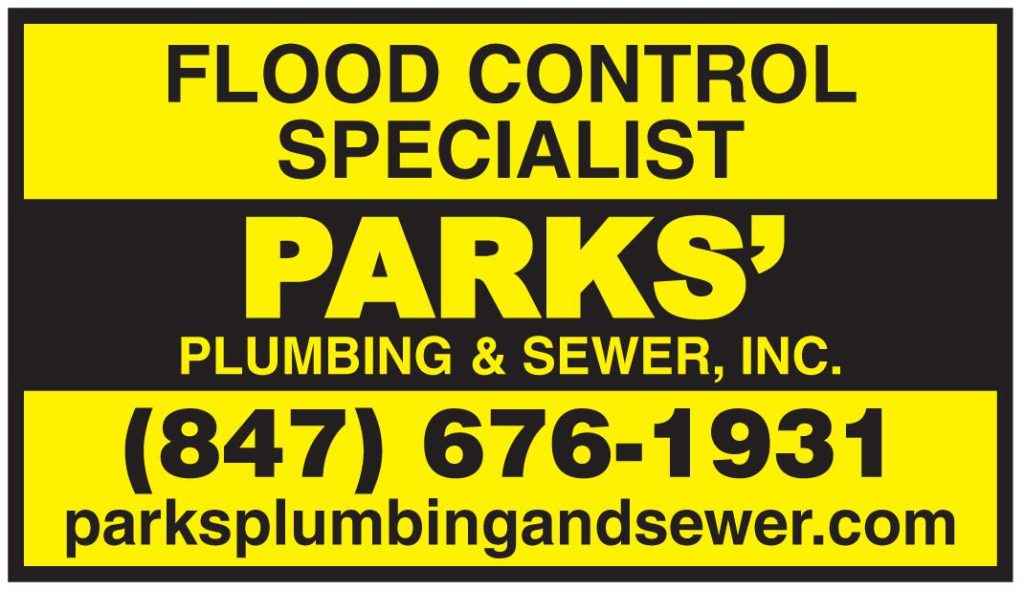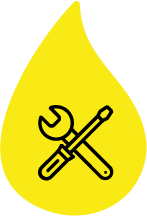Flooding is a big issue in Chicago’s Norwood Park neighborhood. The last big one occurred in April 2013 after torrential rains hit. Like most of Chicago, there are no reservoirs, and with the density of buildings, streets and parking lots, there is very little green space to absorb or slow down the onslaught of water in a heavy rain. It also borders the North Branch of the Chicago River. Because the city of Chicago has a combined storm and sanitary system it means that every time there’s a serious rainstorm, sewers can backup, and people get water and worse in their basements. Parks’ Plumbing & Sewer, Inc. has been providing flood control systems including sewer backflow valves and overhead sewers to Chicago’s Norwood Park since 1981. Call today to protect your home and possessions.
Chicago’s Norwood Park was originally formed as a village in 1872 and was named Norwood after Henry Beecher’s novel Norwood, or Village Life in New England. It was renamed Norwood Park when they found out another Norwood was already established in Illinois. Norwood Park was annexed to Chicago in 1893. It contains several smaller neighborhoods – Big Oaks, Norwood Park East, Norwood Park West, Old Norwood Park, Oriole Park, and Union Ridge. The area had 37,023 residents as of the 2010 census.
Norwood Park’s first non-Native American settler was Mark Noble. He and other farmers were attracted by the fertile prairie land. Growth came with the railroad tracks and was designed to be a park like residential suburb with large lots, wide streets and elegant single family homes. One unusual feature is its curvilinear street pattern.
Norwood Park has been hosting a Memorial Day parade since 1922 and is the Noble-Seymour-Crippen House is listed on the National Register of Historic Places and is the oldest existing building in Chicago.


